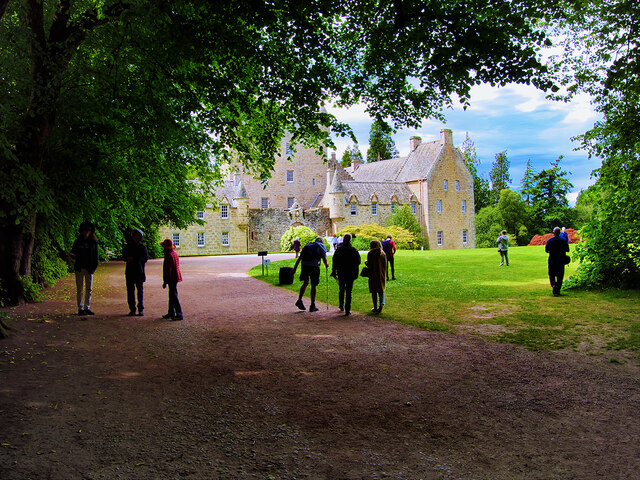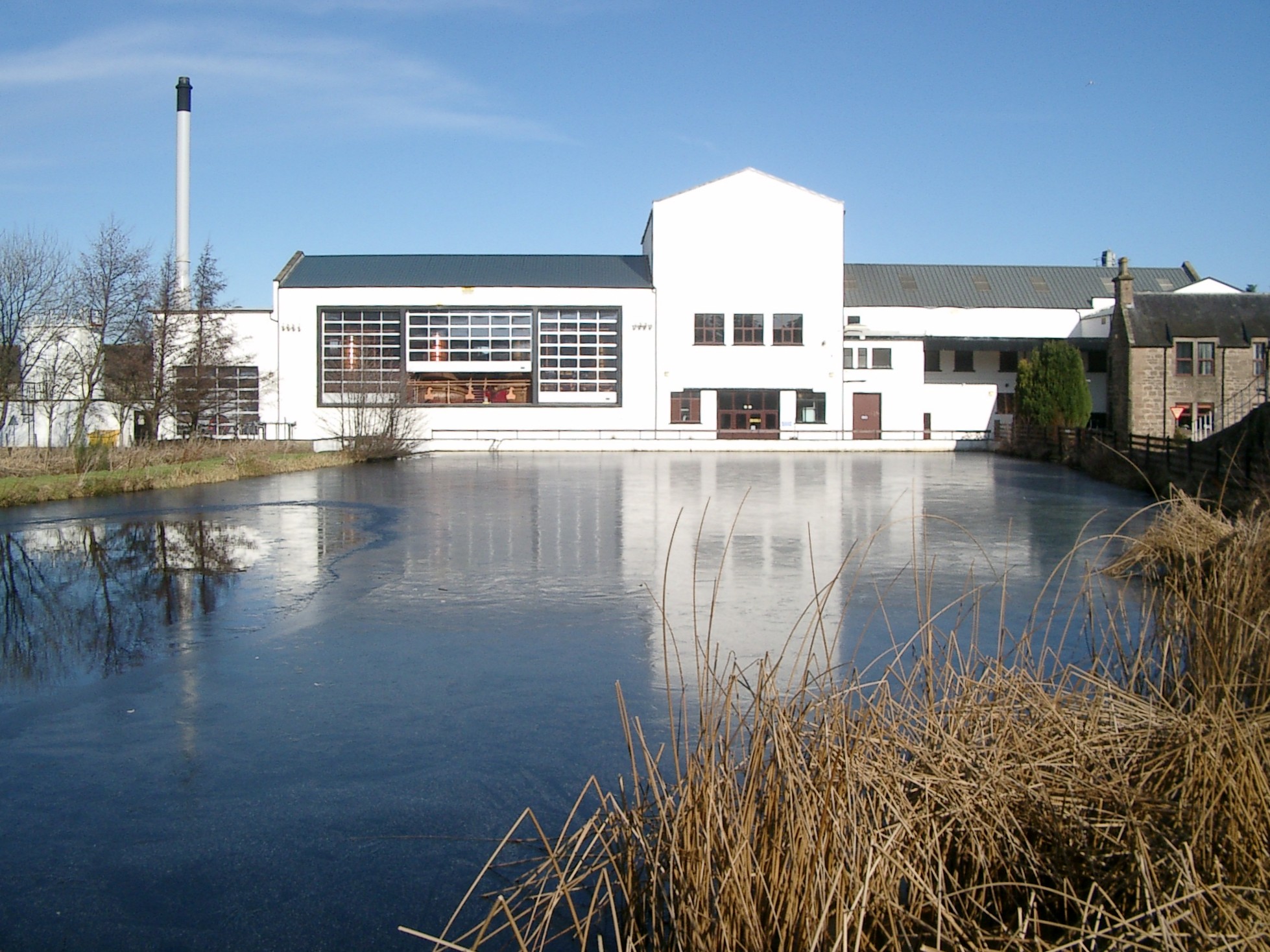Cawdor
Settlement in Nairnshire
Scotland
Cawdor

Cawdor is a small village located in the Nairnshire region of Scotland. Situated approximately 10 miles east of the town of Nairn, Cawdor is nestled within the picturesque countryside of the Scottish Highlands. The village is renowned for its historical significance, particularly due to the presence of Cawdor Castle.
Cawdor Castle, an iconic attraction in the area, is a medieval fortress that dates back to the 14th century. It is notable for its well-preserved structure and beautiful gardens, which are open to the public. The castle is also famous for being featured in William Shakespeare's play Macbeth, despite the fact that the historical Macbeth never actually resided there.
The village of Cawdor itself exudes a tranquil and charming atmosphere. It boasts a small population of approximately 200 residents, contributing to its close-knit community feel. The local economy is primarily driven by tourism, with visitors flocking to explore the castle and enjoy the surrounding natural beauty.
In addition to Cawdor Castle, the village offers various amenities for both residents and visitors. These include a village shop, a post office, and a tearoom where visitors can relax and enjoy traditional Scottish fare. The surrounding area provides opportunities for outdoor activities such as hiking, cycling, and birdwatching, making Cawdor an attractive destination for nature enthusiasts.
Overall, Cawdor is a charming village steeped in history and natural beauty, making it a must-visit location for those exploring the Scottish Highlands.
If you have any feedback on the listing, please let us know in the comments section below.
Cawdor Images
Images are sourced within 2km of 57.525655/-3.931497 or Grid Reference NH8450. Thanks to Geograph Open Source API. All images are credited.






Cawdor is located at Grid Ref: NH8450 (Lat: 57.525655, Lng: -3.931497)
Unitary Authority: Highland
Police Authority: Highlands and Islands
What 3 Words
///crystals.contemplate.actor. Near Nairn, Highland
Nearby Locations
Related Wikis
Cawdor Castle
Cawdor Castle is a castle in the parish of Cawdor in Nairnshire, Scotland. It is built around a 15th-century tower house, with substantial additions in...
Cawdor
Cawdor (Scottish Gaelic: Caladair) is a village and parish in the Highland council area, Scotland. The village is 5 miles (8 kilometres) south-southwest...
Clephanton
Clephanton is a small hamlet 2 miles south-east from Ardersier and 7 miles south-west of Nairn in Inverness-shire, Scottish Highlands. It is in the Scottish...
Culcharry
Culcharry is a small residential settlement, close to the village of Cawdor and the hamlet of Brackla, lying 4 miles southwest of Nairn, in Nairnshire...
Royal Brackla distillery
Royal Brackla distillery is a Highland Scotch whisky distillery on the Cawdor Estate, near Nairn in Scotland. The distillery is operated by John Dewar...
RAF Brackla
Royal Air Force Brackla or more simply RAF Brackla is a former Royal Air Force satellite station located in Scotland. == History == The following units...
Piperhill
Piperhill is a village, located four miles south of Nairn in Nairnshire, Scottish Highlands and is in the Scottish council area of Highland.
Dun Evan
Dun Evan or the Doune of Cawdor is a hill fort located 2.5 kilometres (1.6 mi) south west of Cawdor in the Highland area of Scotland. It is situated on...
Nearby Amenities
Located within 500m of 57.525655,-3.931497Have you been to Cawdor?
Leave your review of Cawdor below (or comments, questions and feedback).












